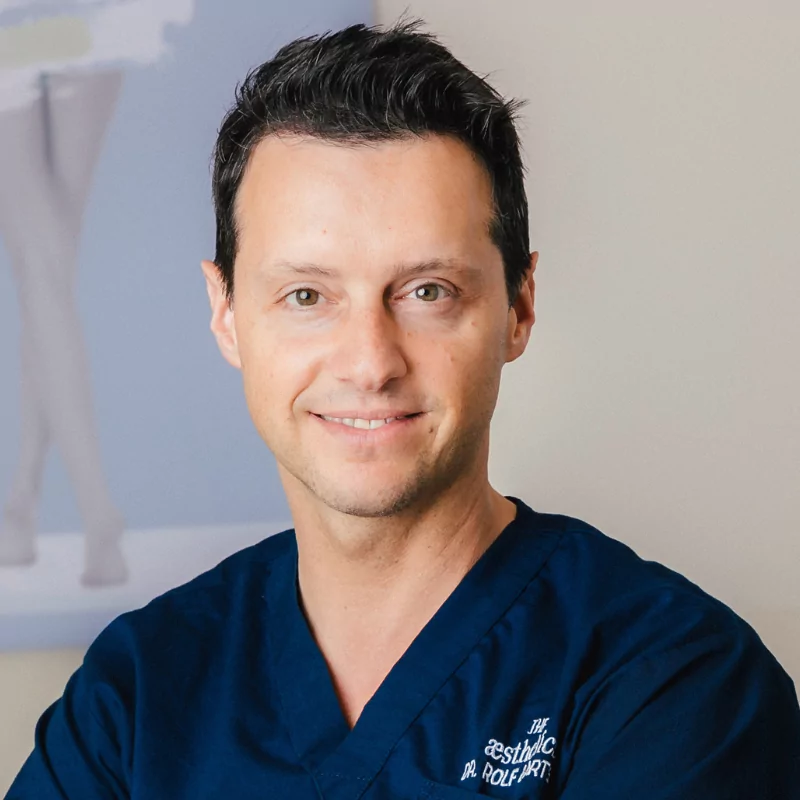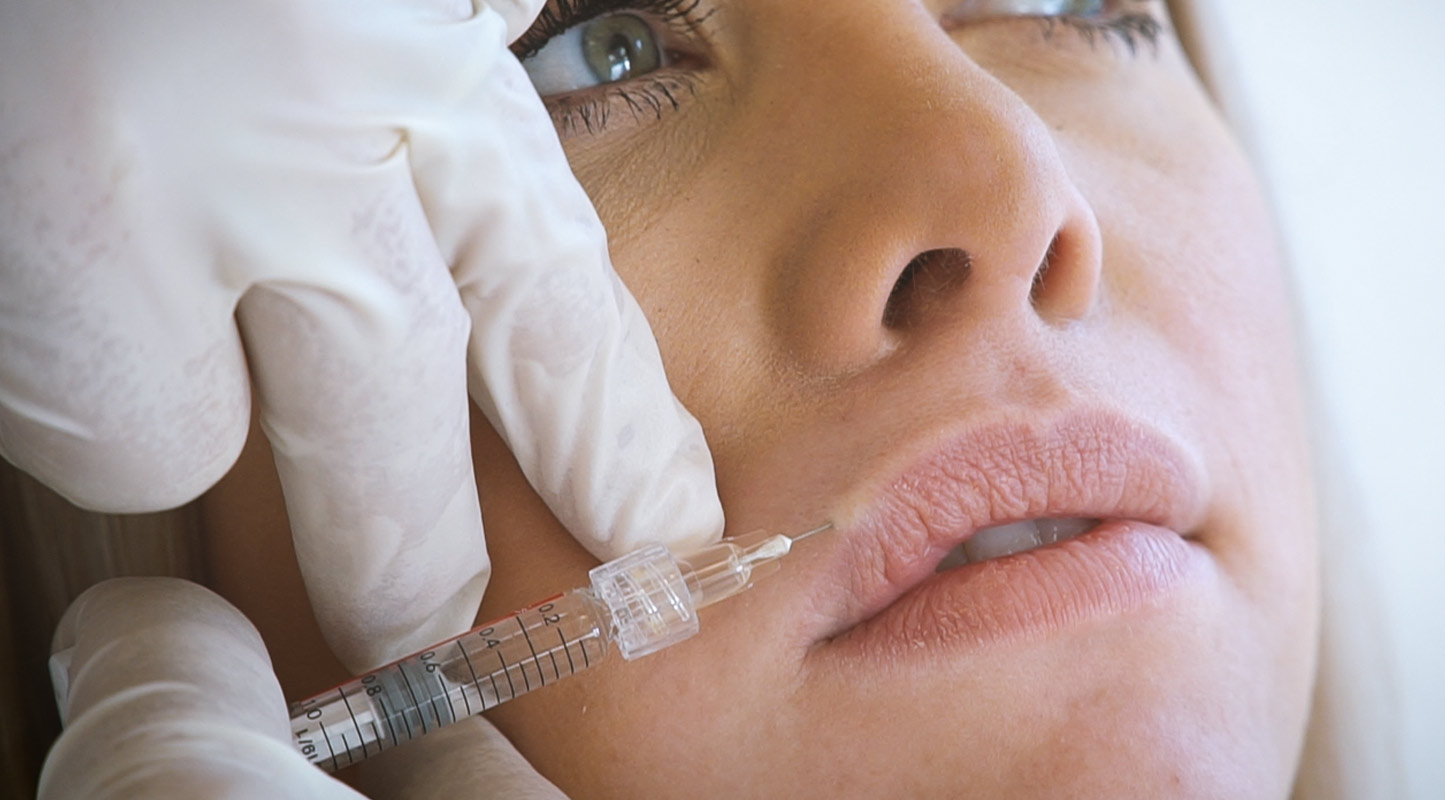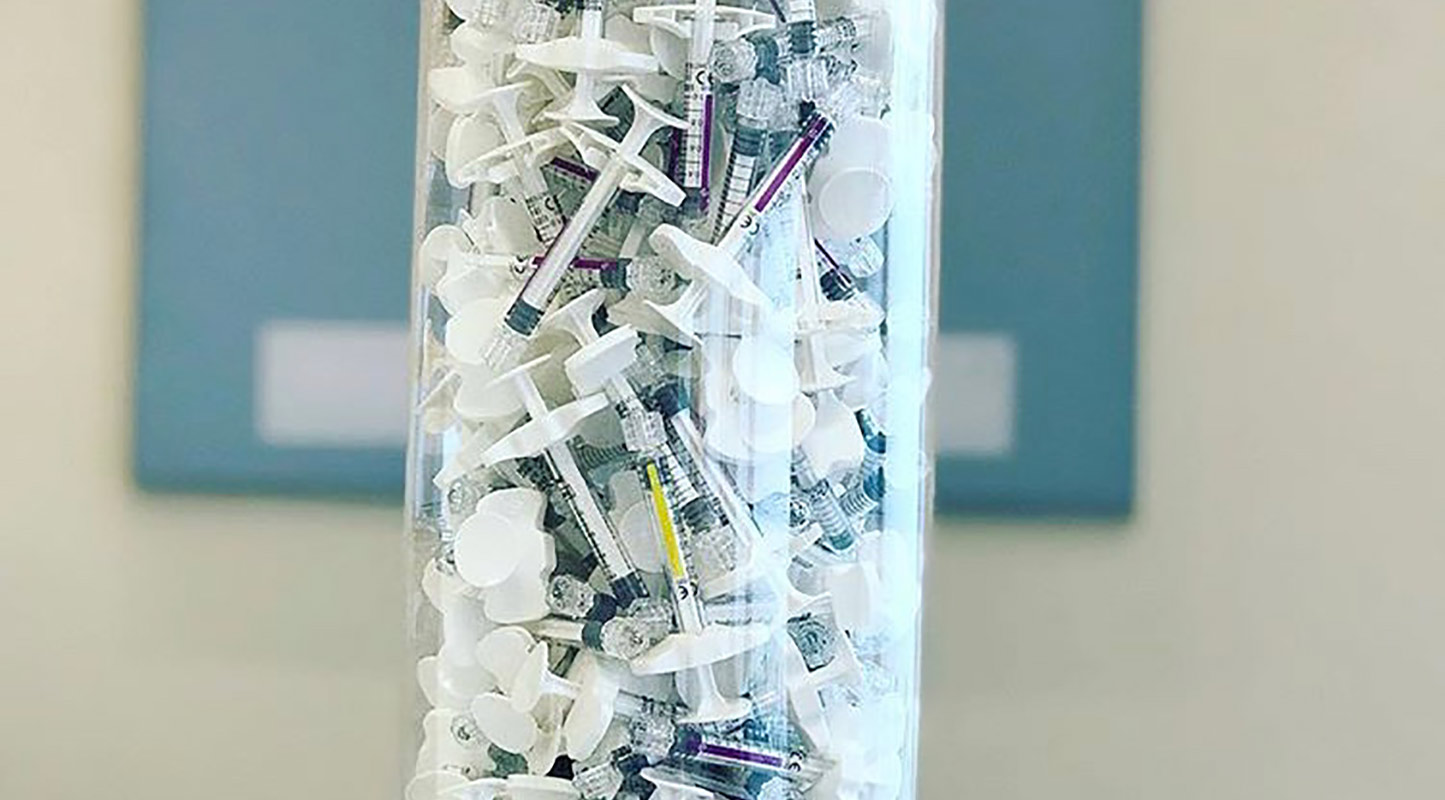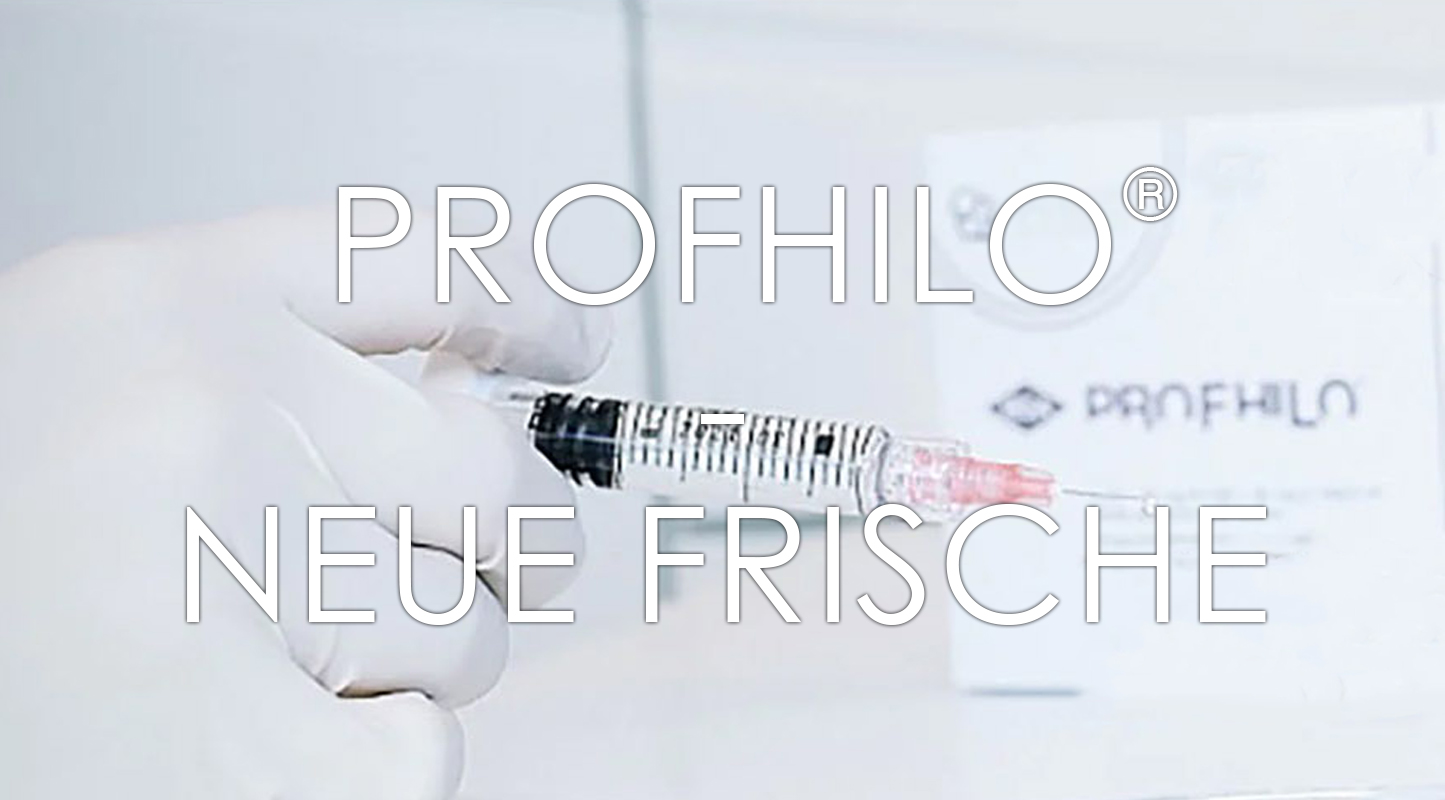

Certificate
Certificate for outstanding performance
Docify awards to
Dr. Rolf Bartsch
the
Award for the most patient votes Top 10 2021
Capsular fibrosis with breast implants
Capsular fibrosis: How does it develop? What can be done about it?
The formation of a capsule around any type of implant – medical or cosmetic – is a normal part of the healing process. The immune system automatically reacts to the foreign object and tries to isolate the “invader” by forming a barrier of connective tissue around it. In the case of breast implants, this is a good thing: the capsule helps to hold the breast implants in place, and the strongly interwoven collagen fibres ensure that the implant cannot slip out of place once it has healed.
What is capsular fibrosis?
In the case of capsular contracture, the body also begins to surround the implant with connective tissue. However, it overshoots the mark: the capsule becomes thicker and harder, this is called “abnormal capsule formation”.
It is important to know that capsular fibrosis is not dangerous per se. It is not an infection, but in many cases only an aesthetic problem. However, severe capsular fibrosis can cause pain because the fibre bundles pull on the surrounding tissue.
How is capsular fibrosis diagnosed?
Capsular fibrosis occurs – if at all – within the first months up to a maximum of 2 years after the operation. Usually, one breast is firmer than the other. This makes the breasts look and feel asymmetrical.
The severity of fibrosis is differentiated according to four stages. In the first two stages, the patient does not feel anything; pain only occurs from grade 3. In grade 4, there is a clear deformation of the affected breast.
The abnormal capsule formation cannot be detected by ultrasound, X-ray or MRI. It is a purely clinical diagnosis, which means that the symptoms can initially only be perceived and described by the patient himself. Actually, it is logical: You yourself are the best judge of whether you are in pain.
How does capsular fibrosis develop?
The reasons for the development of capsular fibrosis are not 100% clear. In the meantime, however, it is assumed that a subclinical infection is present – that is, an infection that never breaks out because the defence mechanisms prevail and eliminate the pathogen before it can trigger a disease.
There is a higher risk if there is more bleeding during the operation. In addition, smooth implants are slightly more likely to be associated with the formation of capsular fibrosis than implants with a textured surface.
Are there women who are at greater risk than others?
Yes. Capsular fibrosis often occurs after radiotherapy for breast tumours. Therefore, foreign bodies should generally be avoided after breast cancer treatment.
How is capsular fibrosis treated?
Capsular fibrosis can be treated in two ways. One is by capsule rupture: In this case, the doctor will try to explode the capsule by applying pressure from the outside while the patient is in twilight sleep. The blasted capsule remains in the body, but the capsule formation is stopped. This method has fallen into disrepute somewhat, as it is only successful in 50% of all cases. However, this also means that in half of all cases the patient can be spared an operation.
In fact, surgery would be the second therapy option: the implant and the capsule are removed and replaced by a new implant.
→ You can see more about this here. (Caution, graphic image material)





